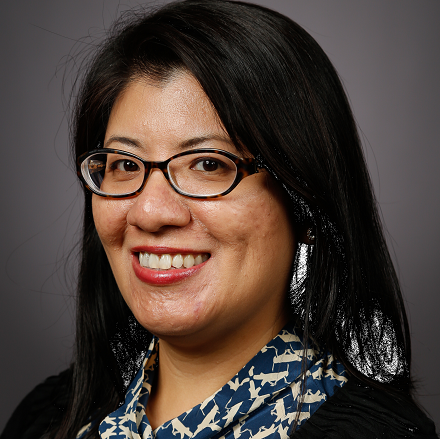
In the News
PHI’s Mei Kwong Discusses Telehealth and California’s Healthcare Future
- California Health Care Foundation
-
Focus Areas
Health Care & Population Health -
Issues
Technology & Telehealth -
Expertise
Public Policy Advocacy -
Programs
Center for Connected Health Policy

“When COVID-19 erupted in 2020 and Americans were urged to stay home, telehealth services became a crucial option for obtaining health care. For countless people who needed health care services but had to limit in-person contact to avoid the coronavirus, telehealth was a lifeline. It meant they could see their health care practitioner remotely and that the provider could be paid for the visit.
In California, even before the COVID-19 pandemic, telehealth policies were among the most robust in the nation. The California Department of Health Care Services (DHCS) then took those rules one step further with temporary policies for the pandemic. The goal was to ensure telehealth services would be accessible so Californians could maintain contact with their health providers while also staying safe. Their choices were embraced by the public and health care providers. Lawmakers and Governor Gavin Newsom made those changes permanent starting in 2023 for Medi-Cal, the state’s Medicaid program that serves 14.6 million people with low incomes or disabilities.
I recently interviewed Mei Wa Kwong, JD, executive director of the Sacramento-based Center for Connected Health Policy (CCHP), about the far-reaching impact of these telehealth policies and their implications for California’s health care future. CCHP is a nonprofit, nonpartisan group that aims to maximize telehealth’s potential to improve health outcomes, care delivery, and cost effectiveness.
Q: What will change for health providers and patients when the permanent policies take effect on January 1?
A: Not everything changed. California preserved the main policy relaxations that were temporarily put into place because of COVID-19. Providers will be paid for audio-only visits — usually phone conversations — at the same rate as in-person visits with some exceptions. However, there were other telehealth policies that are completely new that could have an impact on telehealth access going forward. For example, DHCS is requiring that providers, with some exceptions, not rely solely on audio-only visits and that they offer live video as an option no sooner than January 1, 2024. This requirement could be an issue for providers burdened by connectivity issues, such as clinics in remote locations. Some providers who cannot or don’t want to meet the live video requirement might opt out of being a Medi-Cal provider, which could mean less provider availability. The DHCS rule will only apply to care provided to Medi-Cal enrollees, not enrollees in private health insurance plans.
Another Medi-Cal-only rule requires patients to complete additional consent forms regarding telehealth options to ensure that enrollees understand their right to choose between a telehealth or in-person visit. DHCS will need to make sure all enrolled providers using telehealth understand these new consent rules and expectations.

Telehealth has shone a bright light on longstanding inequities in the health care system.... a key question is, how can we support access to care for those who experience barriers?Mei Kwong, Executive Director
PHI’s Center for Connected Health Policy
Click below to read the full article on the California Health Care Foundation blog.
Originally published by California Health Care Foundation Blog
More Updates
Work With Us
You change the world. We do the rest. Explore fiscal sponsorship at PHI.
Support Us
Together, we can accelerate our response to public health’s most critical issues.
Find Employment
Begin your career at the Public Health Institute.



